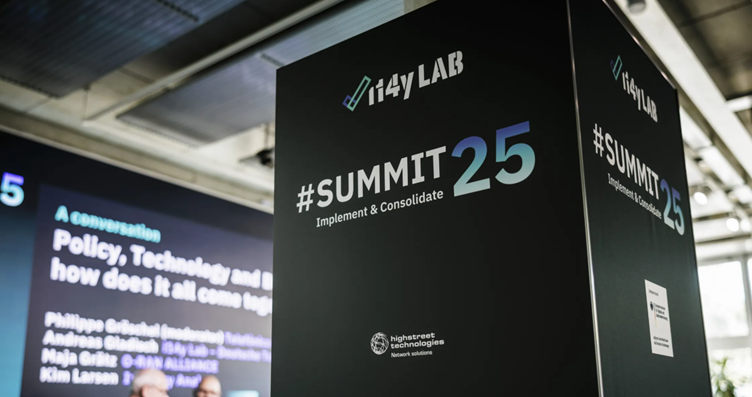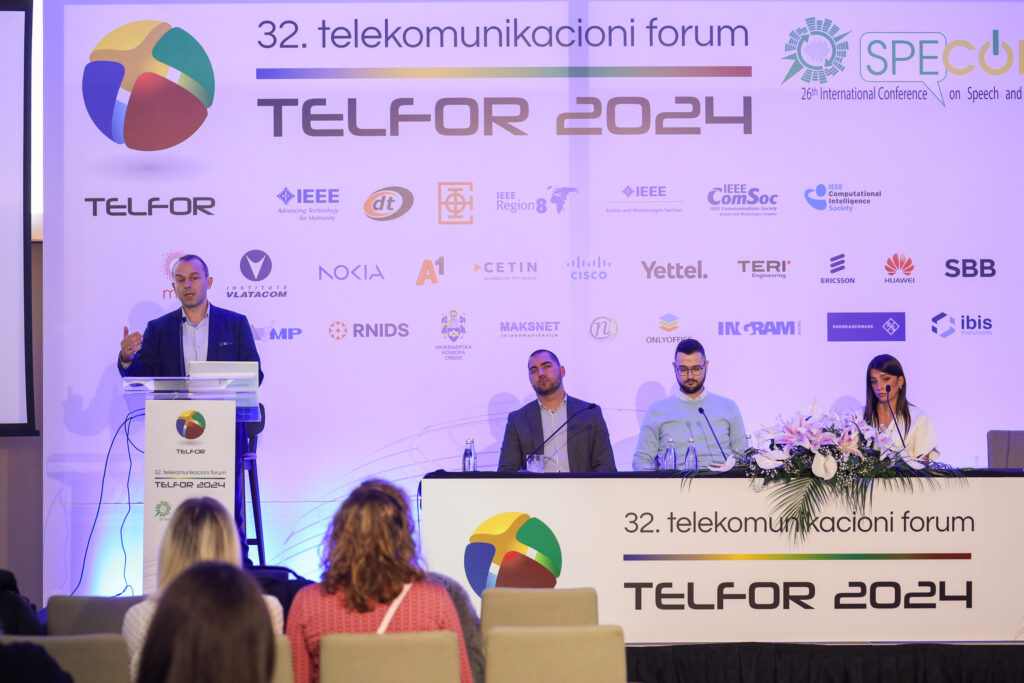
Aspire is part of NEC!

Part of the hype around 5G is about larger bandwidths and new higher bands (>6GHz) to enable the gigabit through-puts on our mobile devices and address the network capacity pain-point for mobile operators. But how to achieve this if electromagnetic radio wave propagation is more challenging at higher frequencies?
Luckily this is how beamforming can help by narrowing and directing the signal towards the desired directions. This is nothing new since directive antennas exist for a long time, the novelty is in the ability to dynamically adapt and track the beams. As it goes for most technologies, when breakthroughs are achieved in other fields, new use cases open for already known technologies.
Also, 5G brings more capacity to the medium bands (1GHz-6GHz) with the use of beamforming which allows enhanced spatial multiplexing for Multi User MIMO (MU-MIMO). Users benefit from higher SNR due to the beamformed signal but the biggest benefit is increased cell capacity since multiple users can be accommodated in the same frequency-time resources by using a spatial multiplexed multi-layer transmission.
This is something not seen previously with LTE, however, the good news is that nothing prevents legacy LTE to take advantage of beamforming and MU-MIMO. In fact, transmission modes TM7 to TM9 already defined in 3GPP Rel-10 can be used in combination with spatial multiplexing meaning that already commercial UEs can support MU-MIMO. In this way, mobile operators can harvest some of the capacity benefits of 5G technology right away by replacing antennas and upgrading the eNodeBs functionality.
Beamforming is not unique to cellular networks, it is also available in Wi-Fi standards as 802.11ad and its enhanced version 802.11ay working in the 60GHz frequency range. Also, MU-MIMO in downlink and uplink is a feature of the most recent 802.11ax which has the advantage of both working on the legacy 2.4GHz and 5GHz bands and being backwards compatible with 802.ac.
But how does beamforming work? It is achieved by combining the signal of subarrays of antennas which constructively add signal power in certain directions and create nulls in others resulting in a radiation pattern containing multiple beams. These beams are steered each millisecond by multiplying a complex weight value for each subarray representing its contribution to the final radiation pattern.
Since beamforming and MU-MIMO introduce several enhancements to the link layer, this means new ways of thinking are required for coverage and capacity planning. Although some effort is required to get beamforming and MU-MIMO up and running, gains are more than worth it if done right.
5G is bound to be truly revolutionary for mobile networks but, as we just discussed, some features as beamforming and MU-MIMO can start already on top of 4G networks and currently available devices. So, what are you waiting for to join the 5G race? We at Aspire are already sprinting!




